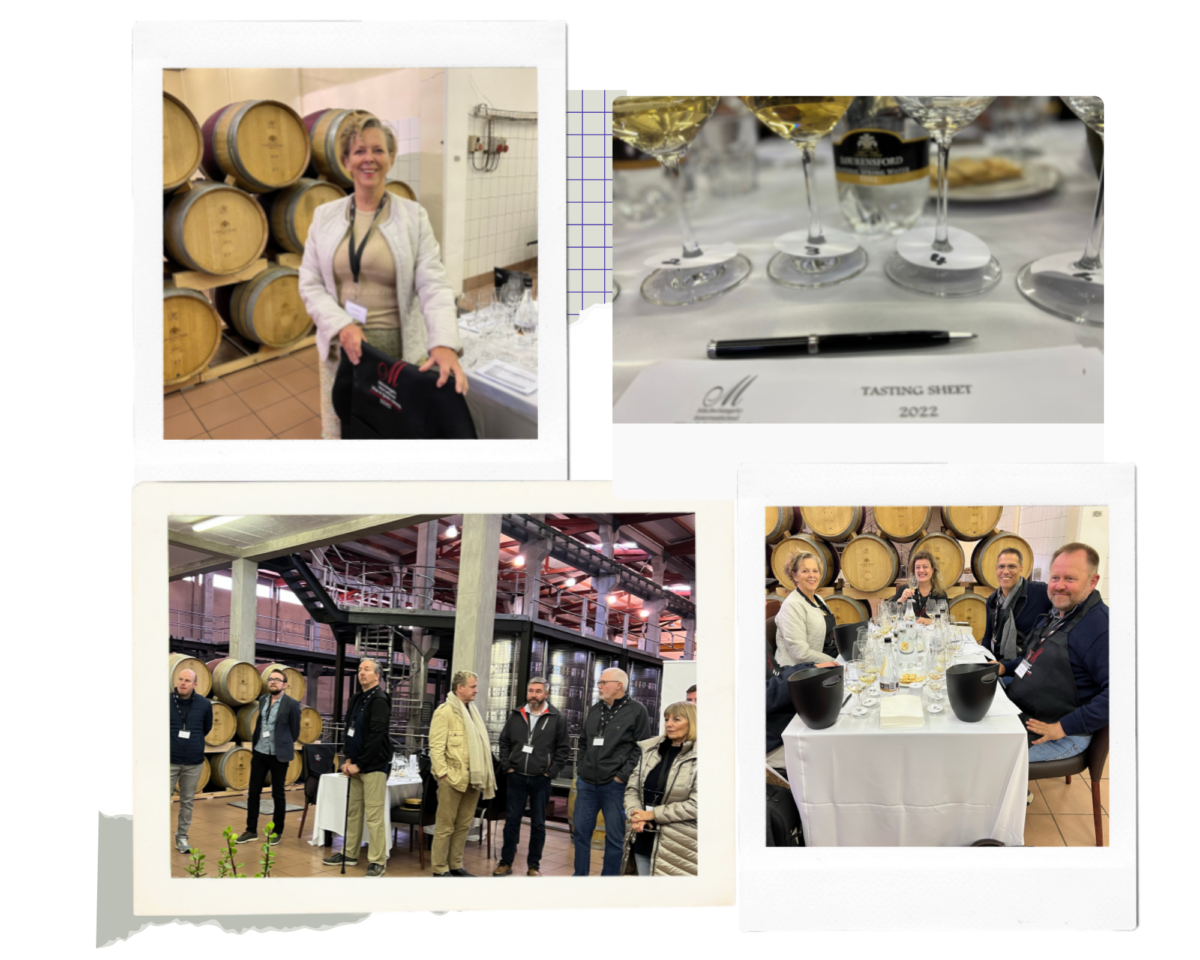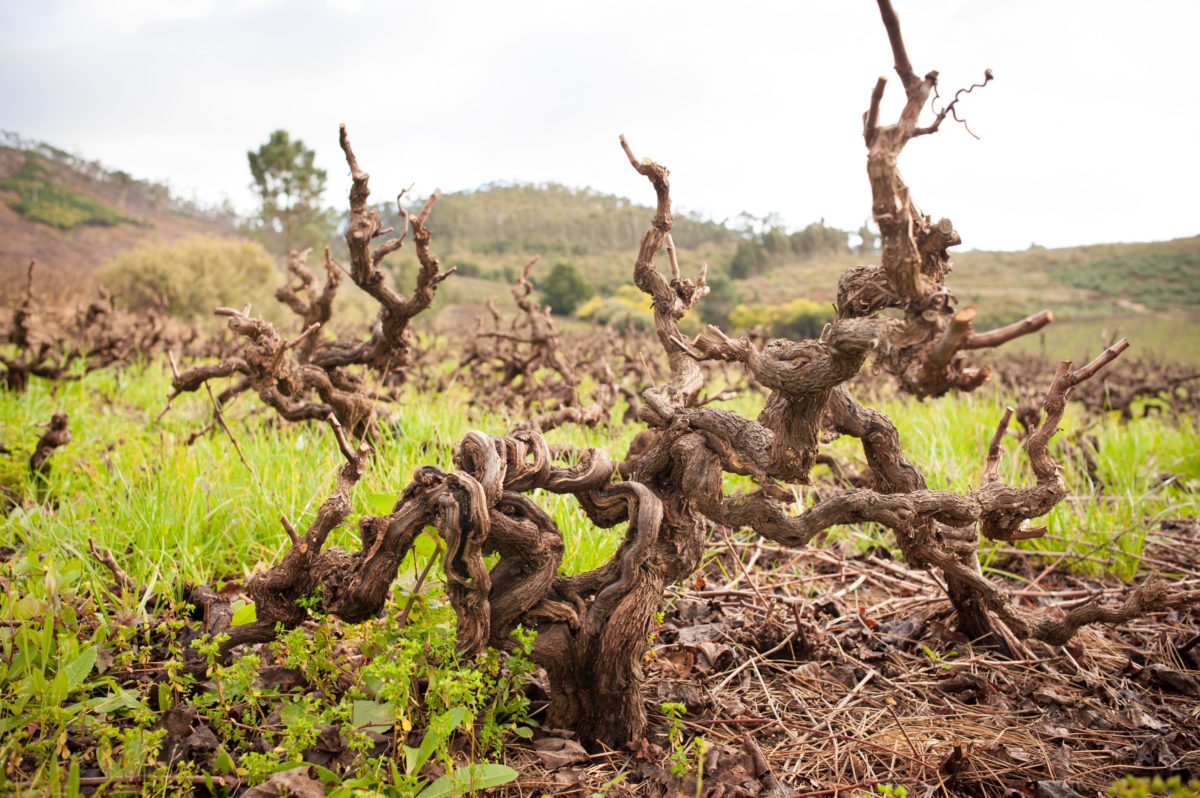Photos from the 1st day of Judging Michelangelo International Wine + Spirits Competition, South Africa
#Lourensford #LoveLourensford #wine #winelovers #winetasting #winejudge #winecompetition #winejudging #internationalwinejudges#winelover #travelling #winetravel #womeninwine #wineexperience #winetravels #vineyards #wineinfluencer #wineadventures #traveldiary #traveling #winesofSouthafrica #southafricawines #WSA




